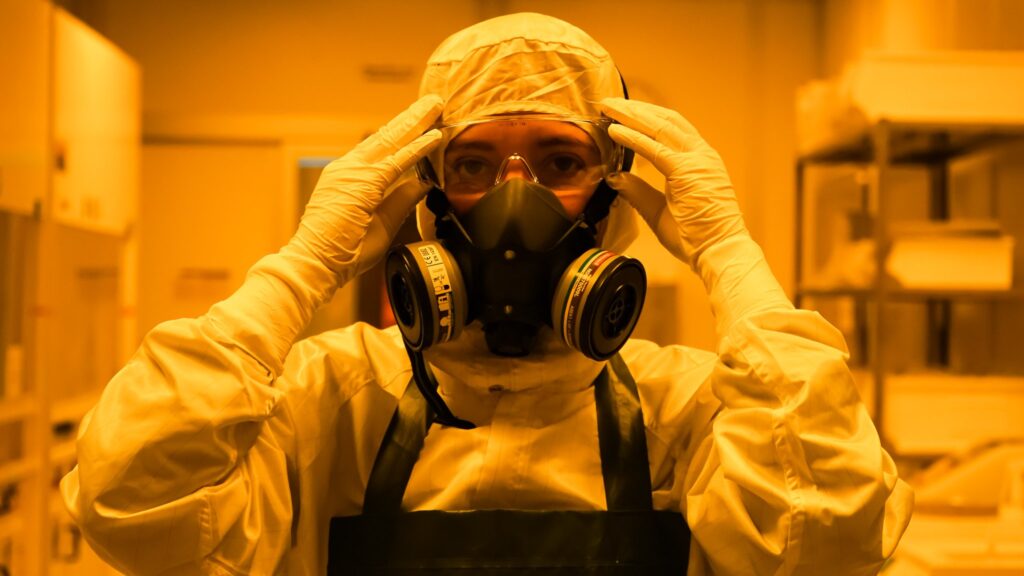Between the 1st and the 5th of December 2025, a delegation from the International Iberian Nanotechnology Laboratory carried out an institutional visit to the Oswaldo Cruz Foundation (Fiocruz), in Rio de Janeiro, Brazil. Fiocruz is Brazil’s leading public health institution and has expanded its activities in nanotechnology, namely through the Translational Research Network in Nanotechnology – Fio-Nano. The mission was part of the ongoing collaboration established through the Memorandum of Understanding signed in April 2025, between Professor Ado Jório de Vasconcelos, Deputy Director-General of INL, and Dr Mário Santos Moreira, President of the Fiocruz Foundation. The INL delegation included Dr Begoña Espiña, Dr Ernesto Alfaro-Moreno, Dr Rui Domingues, Dr Manuel Bañobre and Dr Lorena Diéguez, research group leaders in the Life Sciences Grand Thematic Area, and accompanied by Dr Carolina Baptista, International Relations and Internal Affairs Communication Officer of the DG Office. Part of the programme, visits to several units were held, including Biomanguinhos, Farmanguinhos, the National Institute for Quality Control in Health and the clinical and research facilities at the Instituto Fernandes Figueira. Aside from the technical and scientific interest, these highlighted the integrated ecosystem of Fiocruz, which spans from basic research to full production capabilities. A central element […]
Read more

